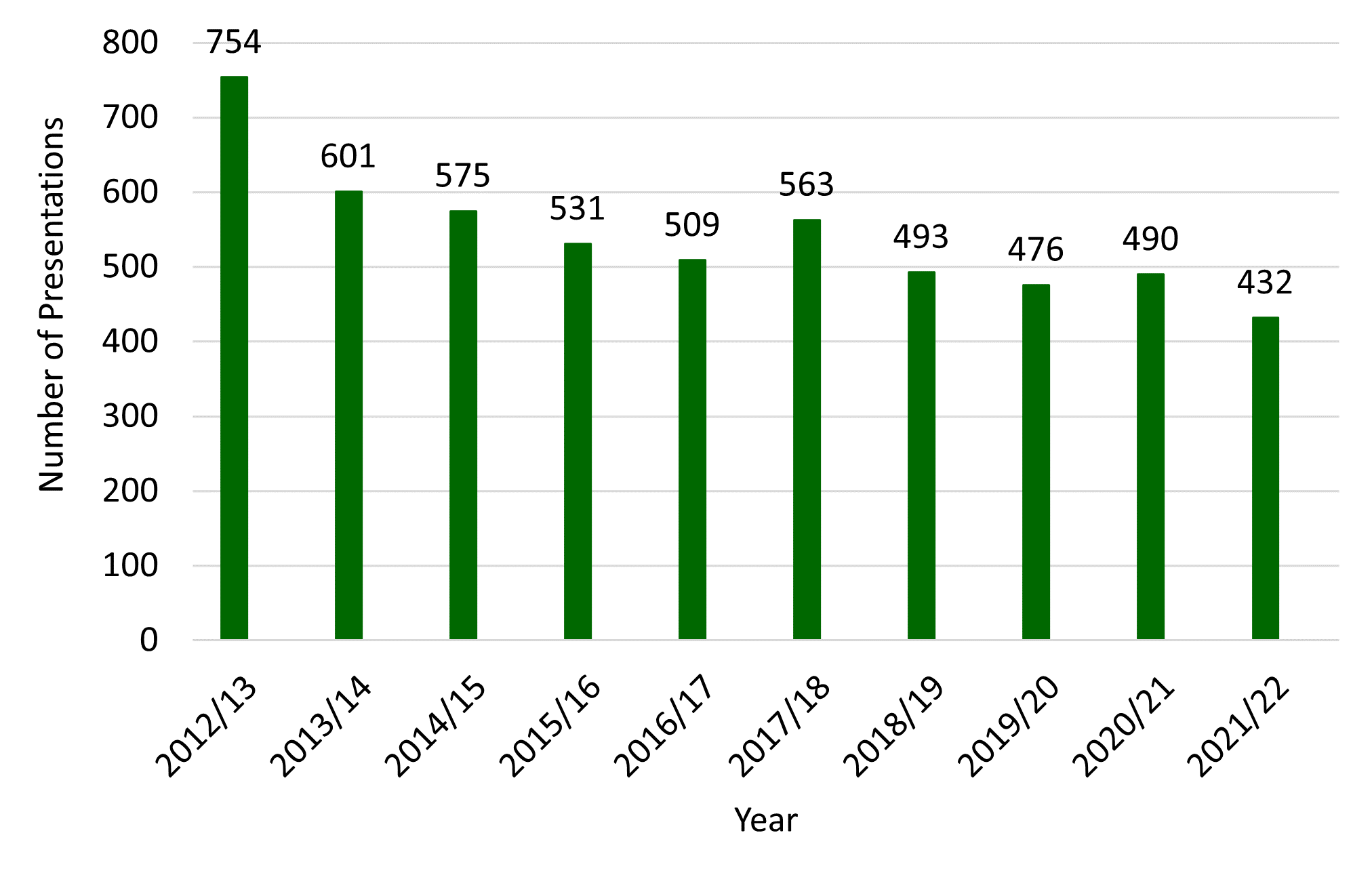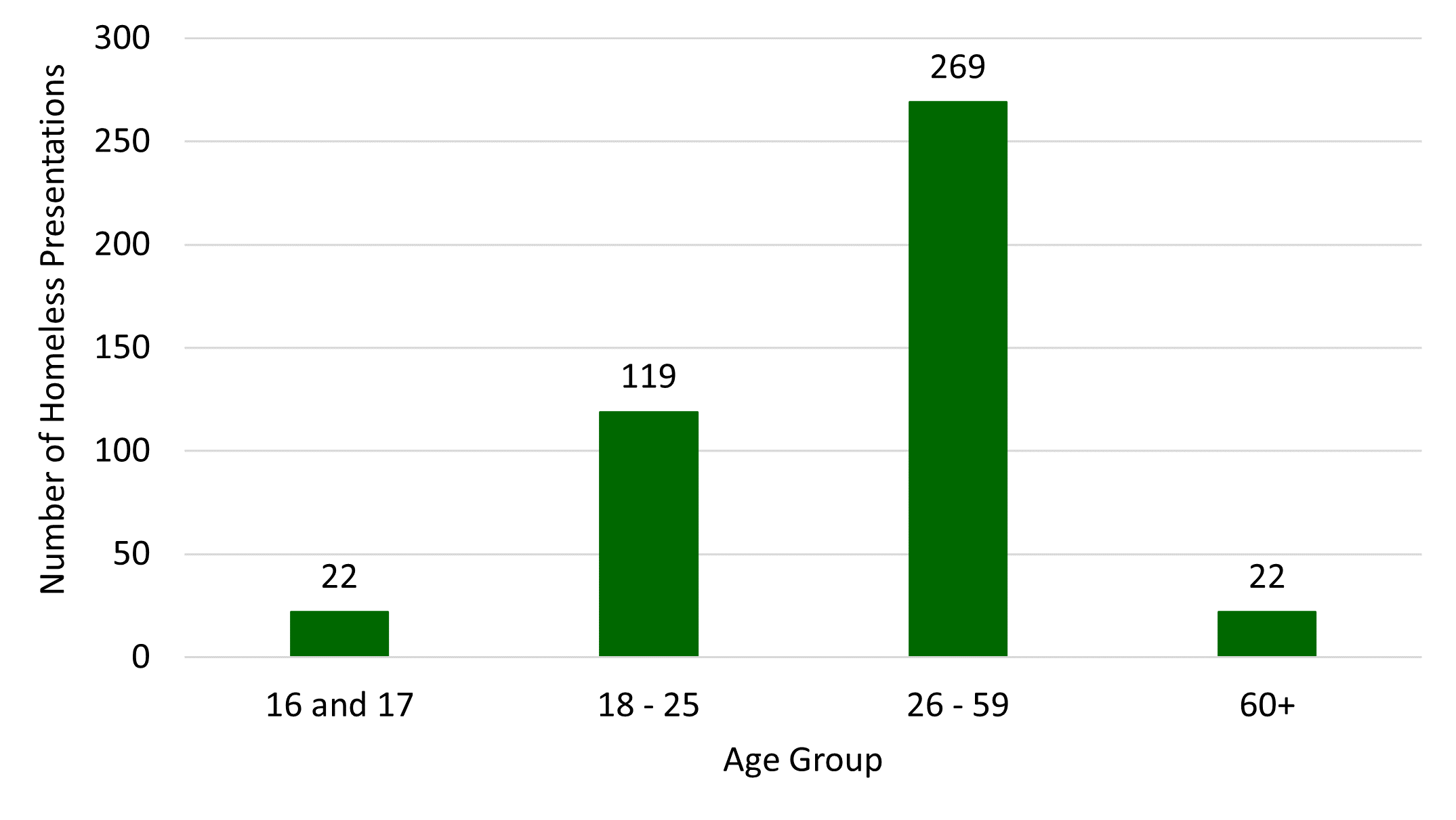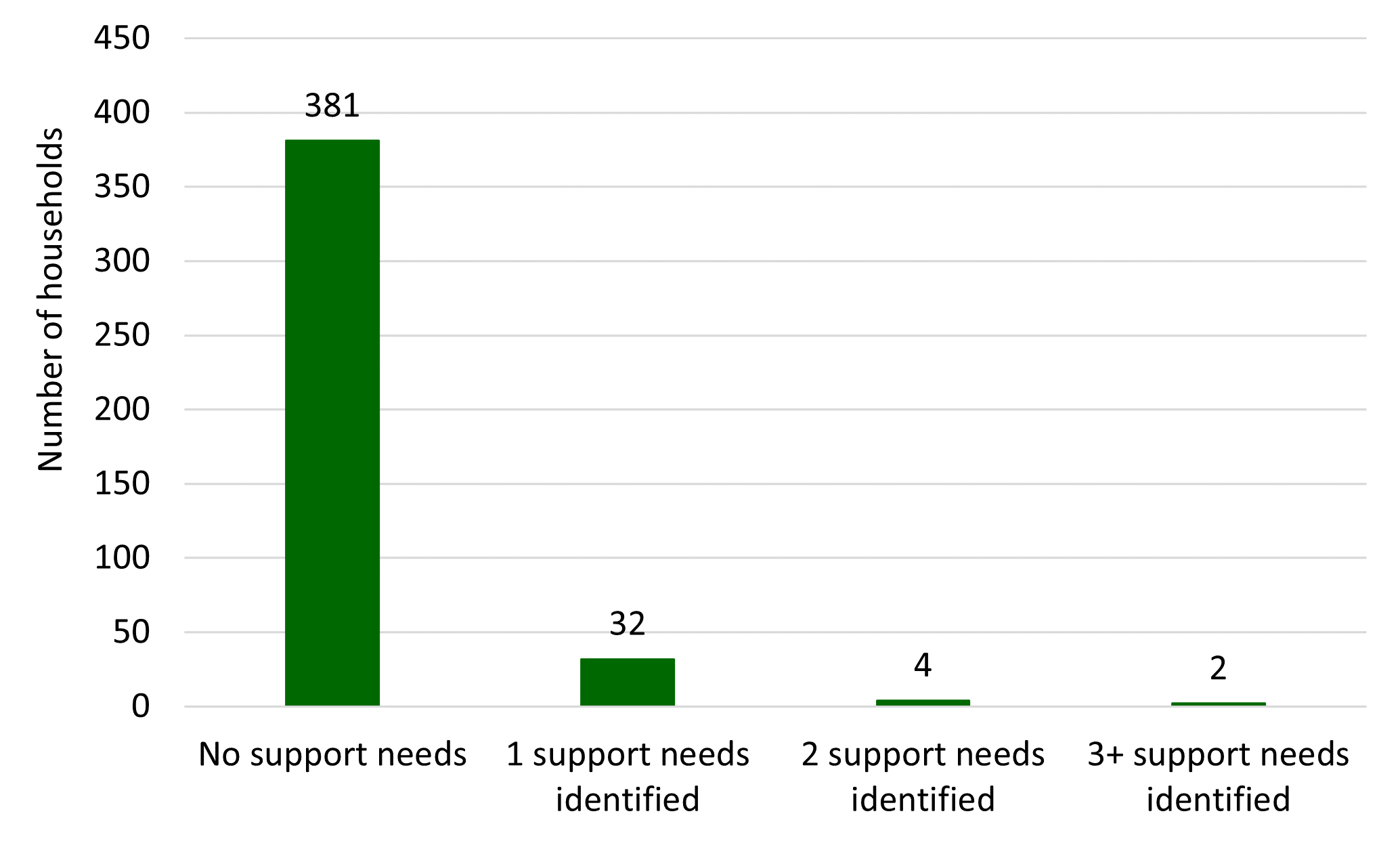Housing & Homelessness - Data
Consultations:
- Consultation carried out in conjunction with Shelter in 2021 (PDF).
- Consultation findings for the Strategic Plan 2022-25 (PDF)
- Consultation with residents of Extra Care Housing 2022 (PDF)
Housing: availability and suitability
Good-quality housing is critical to health, it can reduce and delay demand for NHS and social care services. Those living in more deprived areas or on lower incomes are more likely to experience housing with the potential to impact adversely on health, such as overcrowding, dampness, and fuel poverty. Suitable housing has long been regarded as vital in supporting people who are frail or have some form of disability, to live well in the community. Staying at home is a viable option for most of us as we age, but may depend on our home’s location, accessibility, size, energy efficiency and proximity to local amenities.
91% of people believe their housing is currently suitable to their needs (Midlothian Council, Strategic Plan Consultation 2019 PDF).
The number of households is projected to increase from 39,363 in 2020 to 47,856 in 2039 (Midlothian Council, 2020 PDF). Midlothian’s Strategic Housing Investment Plan (PDF) 2019 – 2024 has identified sites for the development of up to 2,202 new affordable homes. These are being developed by the Council and other local Registered Social Landlords.
Level of Council Housing Stock (as of 31 March each year)
Data source: Midlothian council

Legislation in 2016 ended the ‘right to buy’ sales of council houses which will avoid further depletions in the level of social rented stock in Midlothian. Council housing stock has been increasing. The council has now completed the development of 1,000 additional council homes.
Midlothian Council continues to build new housing ensuring that the needs of older people and people with a disability are considered.
The Scottish House Condition Survey: Local Authority Analysis (2017-2019) shows:
- 39% of households contain one or more long term sick or disabled persons.
- 58% of which are social housing,
- 34% are owner-occupied properties.
- 60% contained pensioners,
- 32% had adults only,
- 27% had families.
- 17% of applicants seeking housing from Midlothian Council have medical needs
Equipment and Adaptations
Home adaptations are changes you can make to your home, to make it safer and easier to do everyday activities and live at home. Significant investment is required in adaptations and equipment to promote independence and enable people to stay in their own home. The requirement for adaptations to support people to stay in their own homes is increasing.
The Scottish House Condition Survey shows that 17% of dwellings in Midlothian have some form of adaptation. For social housing this rises to 24%.
32% of pensioner households have an adaptation compared to 10% of family households and 9% of adult only households.
Existing Additional Needs Housing Provision
The largest expected increase in Midlothian’s population is in older people.
There is 1 ‘Very Sheltered’ housing facility providing accommodation with staff onsite and meals for those over 60. This is Glenesk House (Eskbank) with 35 flats. This is managed by Viewpoint Housing Association.
Sheltered housing is no longer available. Previous sheltered complexes have deregistered their facilities to retirement status.
There are 9 Retirement housing facilities providing accommodation with a part time manager onsite for those over 60 years old. More than 50% of the applicants on these waiting lists meet the criteria for Extra Care Housing. Many people prefer to stay in their local area and compromise on accommodation that does not perhaps best suit their long-term care needs than move to another area.
There are 8 Extra Care Housing facilities for people with higher care needs. The previous criteria for tenants to be aged 55 and over has been removed.
The majority of adults with learning disabilities (89%) do not live with a family carer. This is much higher than the Scottish average (43%).
Homelessness
A household is homeless if they have no accommodation in the UK or elsewhere or have accommodation but cannot reasonably occupy it (Scottish Government, 2023). In Midlothian there is very little rough sleeping but there are over 1,000 homeless households, mainly living in temporary accommodation (Midlothian Council, 2022).
People assessed as homeless are likely to be among the most deprived. Health outcomes and homelessness are known to be related (Scottish Government, 2019):
- Homeless people are among the most vulnerable and socially excluded in our society and often find it difficult to access the help they need.
- Homeless people have higher rates of premature mortality than the rest of the population, especially from suicide and unintentional injuries, and an increased prevalence of a range of infectious diseases, mental disorders, and substance misuse. Homeless people typically attend the emergency department more often than non-homeless people.
- Other studies have shown that homeless populations experience extreme health inequities across a wide range of health conditions, with the relative effect of exclusion being greater in female individuals than in male individuals.
In 2022, the Scottish Government modified local connection rules so that people in housing crisis have the freedom to settle in an area of their choosing. The Scottish government proposes to place a legal duty on Health and Social Care Partnerships and other public bodies to ‘ask and act’ to prevent homelessness (Scottish Government, 2021). This would mandate a shared responsibility to prevent homelessness as the best way to end homelessness.
Reasons for Homelessness in Midlothian 2021/22
Note: Totals may not sum to 100% due to rounding
Data source: Midlothian Council
|
Reasons for Homelessness |
Percentage |
|
Asked to leave |
30.1% |
|
Dispute within household / relationship breakdown: non-violent |
29.4% |
|
Other reason for loss of accommodation |
13.2% |
|
Dispute within household: violent or abusive |
12.3% |
|
Other action by landlord resulting in the termination of the tenancy |
3.9% |
|
Overcrowding |
3.2% |
|
Discharge from prison / hospital / care / other institution |
2.1% |
|
Harassment |
1.6% |
|
Fleeing non-domestic violence |
1.4% |
|
Termination of tenancy / mortgage due to rent arrears / default on payments |
0.9% |
|
Forced division and sale of matrimonial home |
0.7% |
|
Other reason for leaving accommodation / household |
0.7% |
|
Applicant terminated secure accommodation |
0.2% |
|
Loss of service / tied accommodation |
0.2% |
|
Emergency (fire, flood, storm, closing order from Environmental Health etc.) |
0.0% |
Number of homeless presentations in Midlothian (2012/13-2021/22)
Data source: Midlothian Council
 Reductions in homeless presentations are attributable to Midlothian Council's approach to homeless prevention for those at risk of becoming homeless.
Reductions in homeless presentations are attributable to Midlothian Council's approach to homeless prevention for those at risk of becoming homeless.
Homeless applications by age group in Midlothian 2021/22
Data source: Midlothian Council

Youth homelessness continues to be a major problem in Scotland as well as in Midlothian. Due to the limited supply of new housing, homeless households spend a significant amount of time in temporary accommodation until they can be permanently housed. Midlothian Council reported the longest average number of weeks to close a homeless case in Scotland, with an average time of 105 weeks to close a case (Midlothian Council, 2022). The average time across Scotland was 34 weeks. The shortest average time to close a homeless case in Scotland was 17 weeks. The main reason for this length of time is a lack of supply of social rented lets to accommodate homeless households.
Midlothian established its Housing First pilot in 2020. Housing First supports people who are homeless and experience complex and multiple need by providing them with a permanent furnished home and support. 25 people moved into a Housing First Tenancy between July 2020 and December 2021.
Support needs of homeless households in Midlothian 2021/22
Data Source Midlothian Council

Page updated: June 2024.
